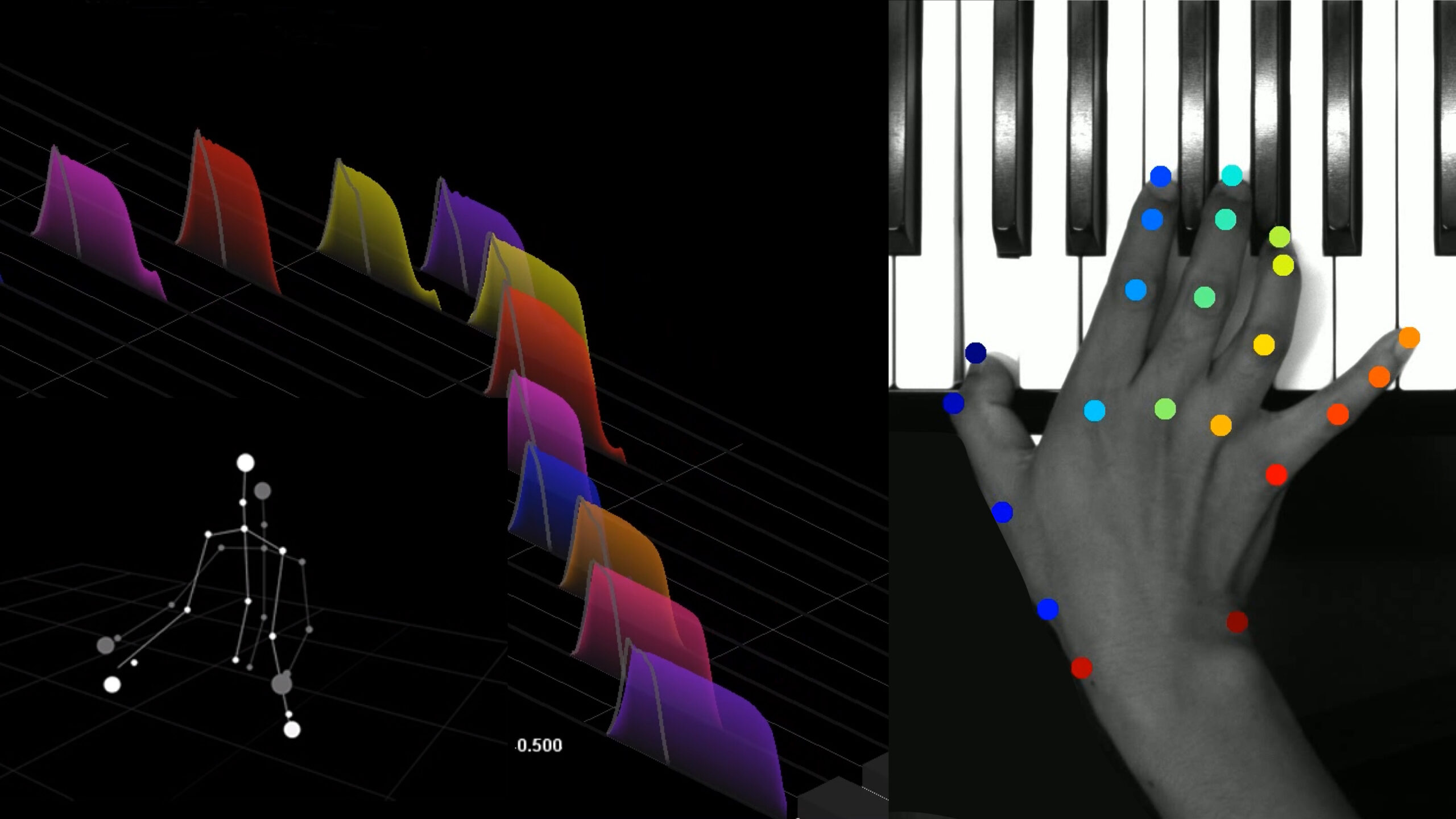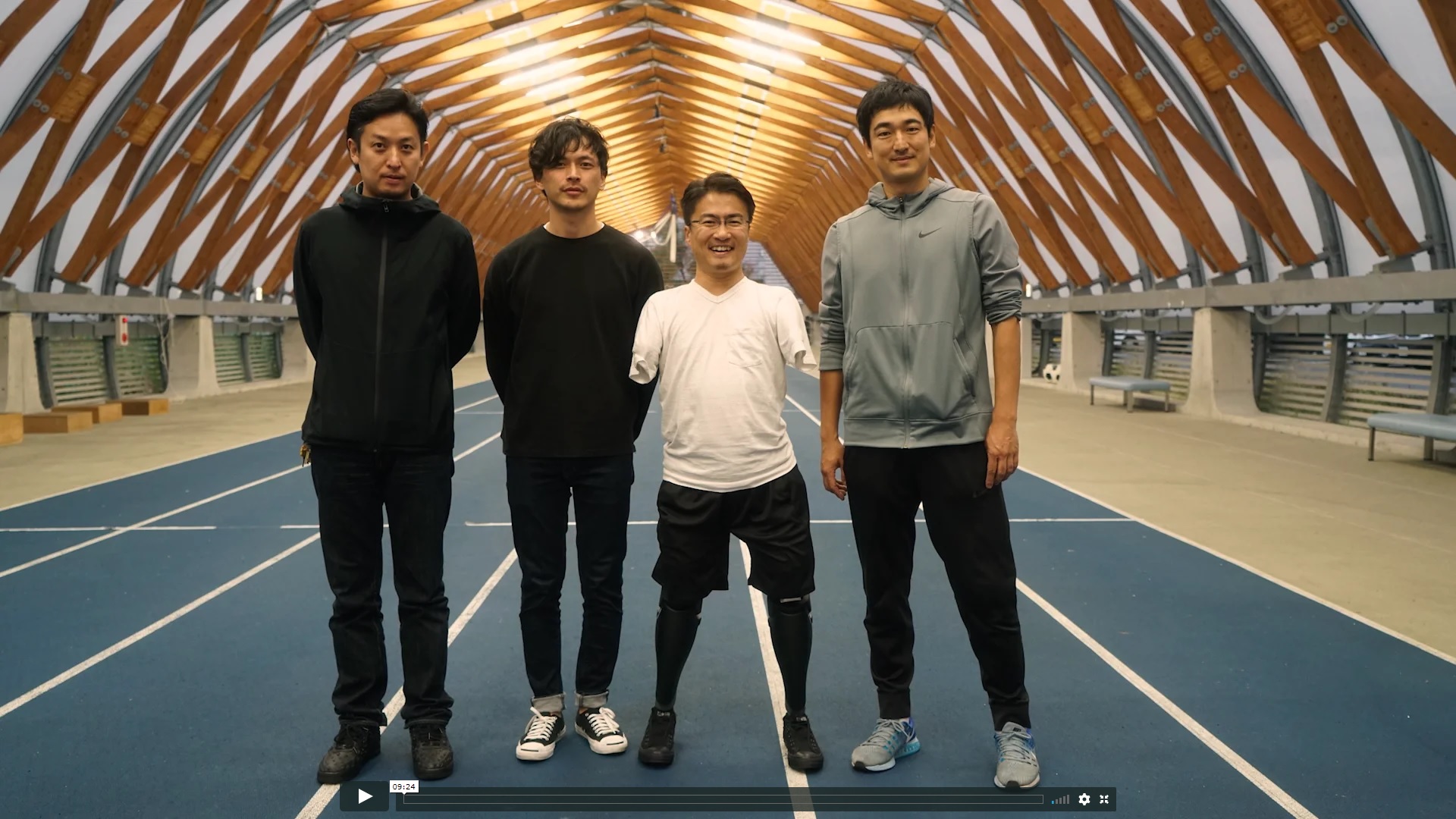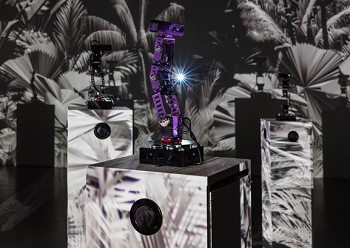JackIn – Research Vision
JackIn is a framework for interactions allowing one person to become immersed in the situation another person is experiencing, sharing sensory input from that environment. The potential applications of this mode of interaction include remote experts assisting with on-scene tasks, and transmitting experiences to various people who are not present on-scene. The term “jack in” was coined by science fiction author William Gibson in his novel Neuromancer as futuristic slang for entering cyberspace. (*1) The “jacking in” concept further expanded to describe accessing the consciousness of another person.
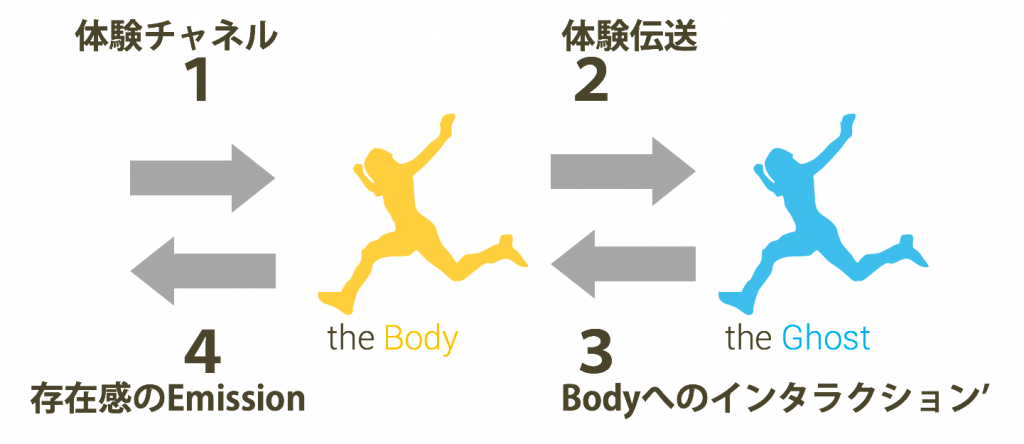
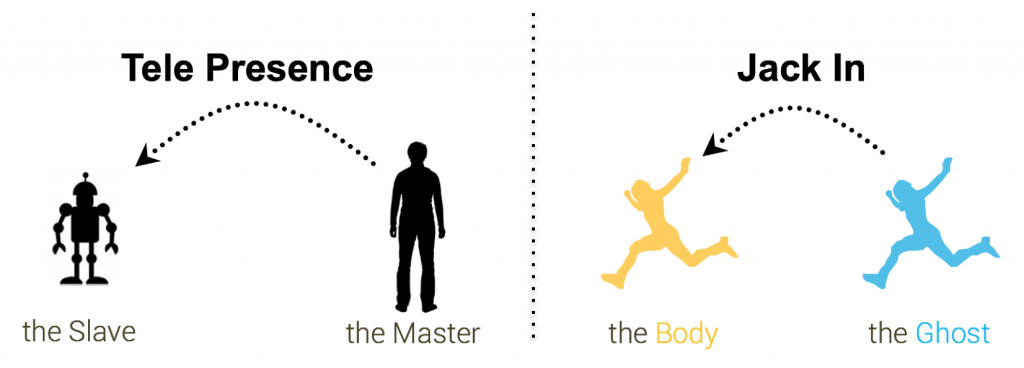
Jacking in can be seen as a form of telepresence. Usually telepresence consists of an interface enabling an operator to jack in to a machine, such as a robot, in order to observe the world from the machine’s vantage point. But with JackIn, it is also possible for one human to jack in to another. In machine-mediated telepresence, the human operator is the master and the machine is a slave; the machine performs exactly the actions the human operator directs it to perform. In contrast, in the scenario of a human jacking in to another human, the Body is not limited to obeying the directions of the Ghost; both Body and Ghost possess independence. Designing an interface to accommodate this reality is the challenge of working on JackIn, and what distinguishes it from other telepresence research. The vision of the JackIn research project includes everything from the relationship between a body and its environment (JackIn Form Factor) to the relationship between different people (JackIn Formation).
>> Related Project 1 : JackIn Eye
>> Related Project 2 : JackIn Head
Keywords
Members
Transboundary Research
Related News
Conversational Agents on Your Behalf: Opportunities and Challenges of Shared Autonomy in Voice Communication for Multitasking
A public seminar and open lab was held at OIST by S. Kasahara.
Control over self and others' face: exploitation and exploration
Investigating the impact of motion visual synchrony on self face recognition using real time morphing
Other projects in the same research area
Human Augmentation
Augmented Societies
Synecoculture Principles Learning Kit
Technology Overcomes Barriers.
An Artistic Approach to Question Our Relationship Between Human And AI Robots
Synecoculture that overcomes the trade-off between productivity and environmental damage
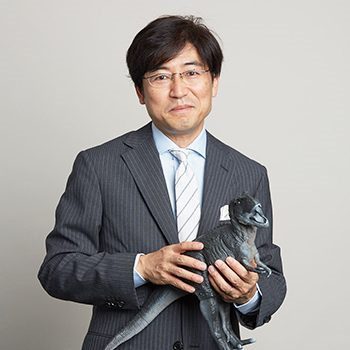
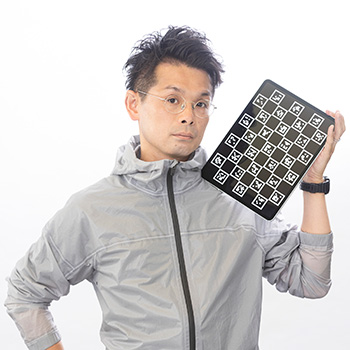
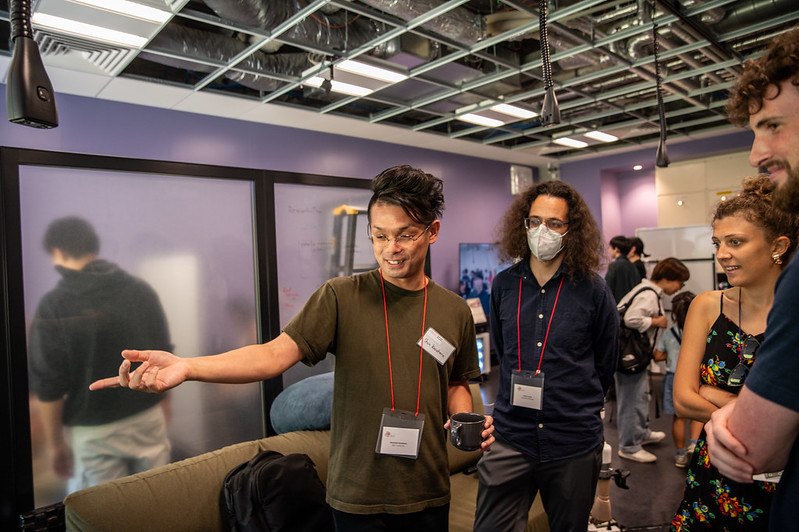

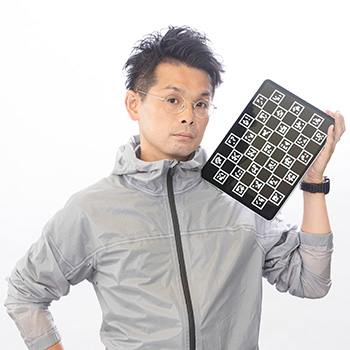
-1.png)
-1.png)

